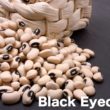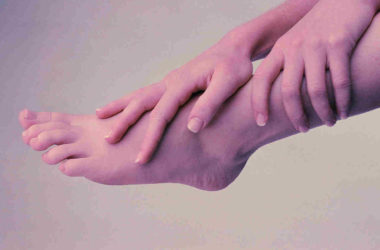Celiac disease is a life-long digestive tract condition wherein the lining of the small intestine gets inflamed because of the ingestion of gluten — a type of protein found in plant sources such as wheat, barley, rye and triticale.
When gluten wreaks havoc to the absorptive surface of the small intestine, the body of the individual suffering from the condition fails to absorb various nutrients in food such as carbohydrates, protein, fat, vitamins and minerals, all of which are important for the attainment and maintenance of optimum health.
As earlier mentioned, gluten is found in wheat, barley, rye and triticale. It is also found in so many food items these days as one of the ingredients. Gluten is the one responsible for the elasticity of dough and the characteristic chewy texture of various baked products. It’s for this reason why so many food manufacturers add gluten to their various products.
Complications
Because of the inability of the body to absorb various important nutrients in the food due to the inflammation of the small intestines, there are different health problems that may arise due to celiac disease.
One of them is iron-deficiency anemia. Like what the condition’s name explains, it’s brought about by insufficient amounts of the mineral iron in the blood. Osteoporosis is another condition that someone with celiac disease may suffer from eventually. Osteoporosis is the softening and weakening of the bones due to decreased amounts of calcium as well as vitamin D.
Signs and Symptoms
There are numerous signs and symptoms associated with celiac disease, and a lot of them are also present in many other health conditions. Most of the symptoms have something to do with the digestive system due to the inflammation of the intestines upon the consumption of food with gluten. They include:
- Abdominal bloating and cramping
- Nausea
- Diarrhea or loose bowel movements
Because of the inability of the sufferer’s body to absorb the nutrients in food, much of the signs and symptoms show up in the form of other problems and conditions. Some of them are:
- Fatigue
- Chronic diarrhea
- Weight loss
- Irritability
- Anemia
Experts say that the classic symptoms of celiac disease are diarrhea and weight loss, although both of them may actually occur in less than 50% of all people suffering from the digestive system disorder. Also, it’s possible for the small intestines to get inflamed without producing any noticeable sign and symptom.
Treatment
There is no known cure for celiac disease. However, the condition may be controlled effectively. The only way to keep the problem at bay is through adherence to a diet that’s free of gluten. This solution should also be followed by an individual with celiac disease for life.
Knowing which foods contain gluten and which ones don’t is very important. Similarly, checking out the list of ingredients used by various food products is essential to ensure that there’s no gluten around. Many sausages, luncheon meats, soups and sauces on today’s market contain gluten. If the label doesn’t seem to indicate whether the food product contains gluten or not, it’s a good idea to get in touch with the manufacturer.
Foods to Eat
Initially, it may seem like the kinds of food that may be eaten by someone with celiac disease is extremely limited. The fact is there are so many foods available that are naturally free of gluten.
Although it’s true that many gluten-free products available at the supermarket cost more than the rest, there are so many inexpensive gluten-free foods that may be incorporated into the diet. They include:
- Meat
- Poultry
- Eggs
- Fish
- Seafood
- Fruits
- Vegetables
- Legumes such as beans, peas, lentils
- Nuts
- Dairy products like whole milk and cheese
Grains such as wheat, barley, rye and triticale should definitely be crossed out of the list of allowable foods for a celiac disease sufferer because they are the top sources gluten. However, eliminating all grains from the diet is not really necessary. That’s because there are so many grains out there are good for someone with the digestive tract condition. Many of them are readily available at the local supermarkets while some can be bought only from specialty health food stores. Some wonderful examples of gluten-free grains include:
- Rice
- Corn
- Quinoa
- Millet
- Amaranth
- Chia
- Flax
- Gluten-free oatmeal













